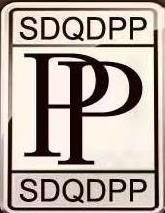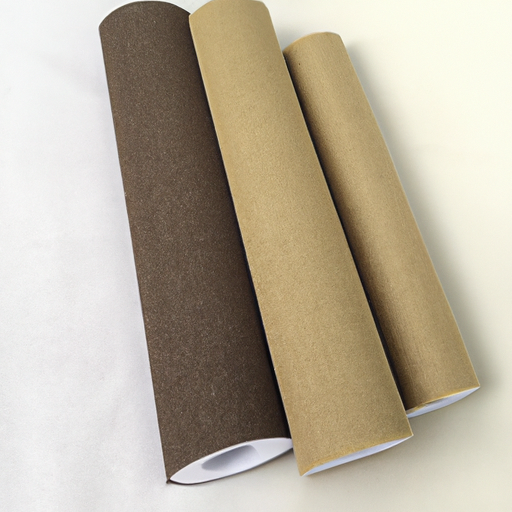How to Choose the Right White Sparkling Velvet Fabric for Your Project
When it comes to selecting the right white sparkling velvet fabric for your project, there are a few key factors to consider. First, you should consider the type of project you are working on. Different types of projects require different types of fabrics. For example, if you are creating a dress, you will need a fabric that is lightweight and drapes well. On the other hand, if you are creating a cushion, you will need a fabric that is thicker and more durable.
Second, you should consider the quality of the fabric. White sparkling velvet fabric is available in a variety of grades, from low-grade to high-grade. Low-grade fabrics are usually less expensive, but they may not be as durable or as soft as higher-grade fabrics. High-grade fabrics are usually more expensive, but they are usually more durable and softer.
Third, you should consider the color of the fabric. White sparkling velvet fabric is available in a variety of colors, from light to dark. Depending on the project you are working on, you may want to choose a color that complements the other colors in the project.
Finally, you should consider the care instructions for the fabric. White sparkling velvet fabric is usually dry clean only, so you should make sure to follow the care instructions carefully.
By considering these factors, you can ensure that you choose the right white sparkling velvet fabric for your project. With the right fabric, you can create a beautiful and unique project that will last for years to come.
Exploring the Benefits of Polyester and Wool Felt Rolls for Crafting
Polyester and wool felt rolls are popular materials for crafting projects. They are versatile, durable, and easy to work with, making them ideal for a variety of projects. In this article, we will explore the benefits of using polyester and wool felt rolls for crafting.
Polyester felt is a synthetic material that is made from polyester fibers. It is lightweight, yet strong and durable. It is also resistant to water, mildew, and fading, making it a great choice for outdoor projects. Polyester felt is also easy to cut and shape, making it ideal for a variety of crafting projects.
Wool felt is a natural material that is made from wool fibers. It is thicker and more durable than polyester felt, making it a great choice for projects that require more strength and stability. Wool felt is also resistant to water and mildew, making it a great choice for outdoor projects. Wool felt is also easy to cut and shape, making it ideal for a variety of crafting projects.
Both polyester and wool felt rolls are available in a variety of colors and textures, making them perfect for a variety of projects. They are also easy to work with, making them ideal for beginners and experienced crafters alike. They are also affordable, making them a great choice for budget-conscious crafters.
In conclusion, polyester and wool felt rolls are great materials for crafting projects. They are versatile, durable, and easy to work with, making them ideal for a variety of projects. They are also available in a variety of colors and textures, making them perfect for a variety of projects. They are also affordable, making them a great choice for budget-conscious crafters.
An Inside Look at the Manufacturing Process of a Chinese Factory
Manufacturing is a complex process that involves a variety of steps and stages. In China, factories are often highly automated and employ a range of advanced technologies to ensure the highest quality of production. This article provides an inside look at the manufacturing process of a typical Chinese factory.
The first step in the manufacturing process is the preparation of raw materials. This involves sorting, cleaning, and cutting the materials to the desired size and shape. The materials are then inspected for quality and defects. If any defects are found, they are removed and the materials are re-inspected.
Once the raw materials have been prepared, they are ready for the assembly process. This involves assembling the components of the product according to the design specifications. The components are then tested to ensure they meet the required standards.
The next step is the packaging process. This involves packing the product into the desired packaging material. The packaging is then inspected for quality and defects. If any defects are found, they are removed and the packaging is re-inspected.
The final step in the manufacturing process is the shipping process. This involves loading the product onto trucks or other transportation vehicles and delivering it to the customer. The product is then inspected one last time before it is shipped.
By following these steps, a Chinese factory is able to produce high-quality products that meet the customer’s expectations. The manufacturing process is highly automated and efficient, allowing for quick turnaround times and cost savings.

